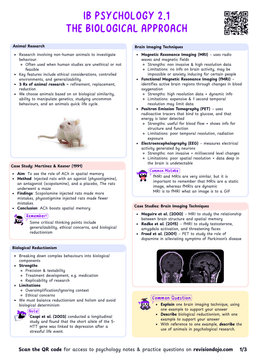Data Analysis and Interpretation
Data Analysis
Data analysis is used to examine collected data and form insightful conclusions about them.
Descriptive Statistics
- These are used to describe a dataset
- It can include measures of central tendency (mean, median, mode), that tell us about the typical response.
- It can also include measures of dispersion (range, standard deviation, variance) that tell us how spread out the data is.
- It can help with summarizing data, comparing data, and cleaning data.
Inferential Statistics
- These aid in generalization of data. We can draw conclusions, make predictions, and conduct hypothesis testing.
- Example of hypothesis testing are ANOVA (Analysis of Variance) tests, t tests, chi squared tests, etc.
- Each test is typically suited for different research designs.
- For example, ANOVA tests typically compare results with a p value which indicates the probability that the null hypothesis is true.
- If p = 0.05, and the result is greater than 0.05, the chance that the null hypothesis is true is too high and we reject it.
- Likewise, if p is less than 0.05, we fail to reject the null hypothesis.
- Think of statistics used to describe a photograph of basketball players.
- Descriptive statistics would measure the average height of the players in the image.
- On the other hand, inferential statistics would measure the ability to generalize the heights to outside populations.
Correlation Coefficients
- Used to quantify the direction and strength of the relationship between two variables.
- The most used test is Pearson's Correlation Coefficient, which measures correlations from perfectly negative (-1) to perfectly positive (+1) with 0 denoting no correlation.
- Correlation never implies causation, but these tests can be useful for predicting outcomes.

Thematic Analysis
- A qualitative data analysis method where common themes are identified within answers.
- Typically themes are identified, a coding system is created, researchers systematically go through the data and code it, and the data is reviewed and re-coded repeatedly until there is nothing left.
- After this, themes are polished and presented.
- Descriptive statistics, inferential statistics, and correlation coefficients are all quantitative methods of data analysis, whereas thematic analysis is qualitative.
Methods of Presenting Data
Bar Graphs
- Typically used to compare quantities from different groups.
- The independent variable is along the X-axis (horizontal) and the dependent variable is along the Y-axis (vertical). Each bar is one category of the independent variable.
- However, they can be misleading if done poorly.



